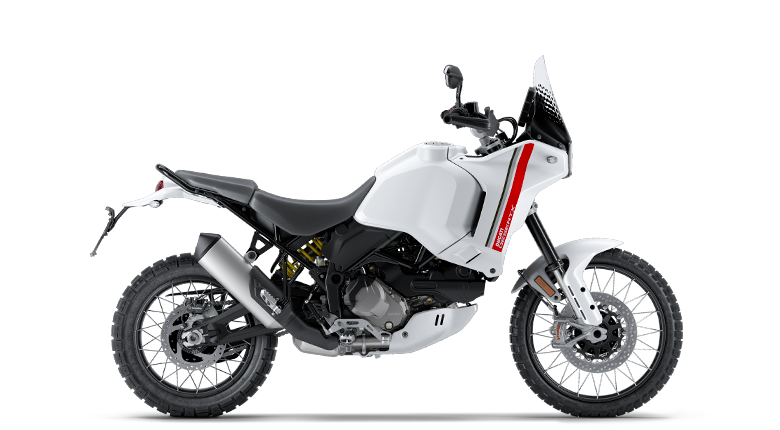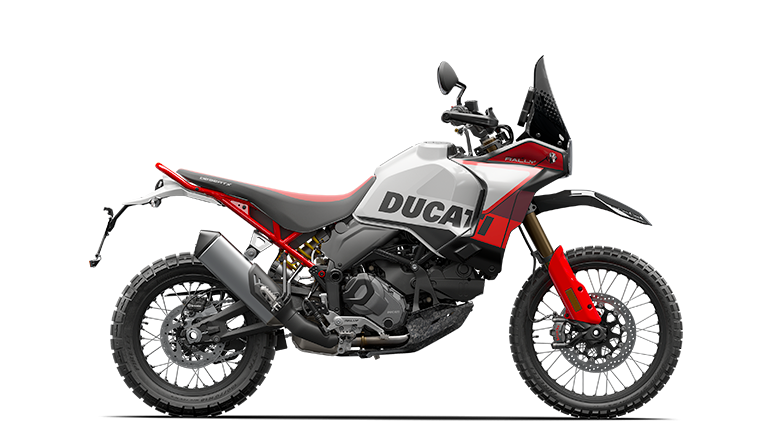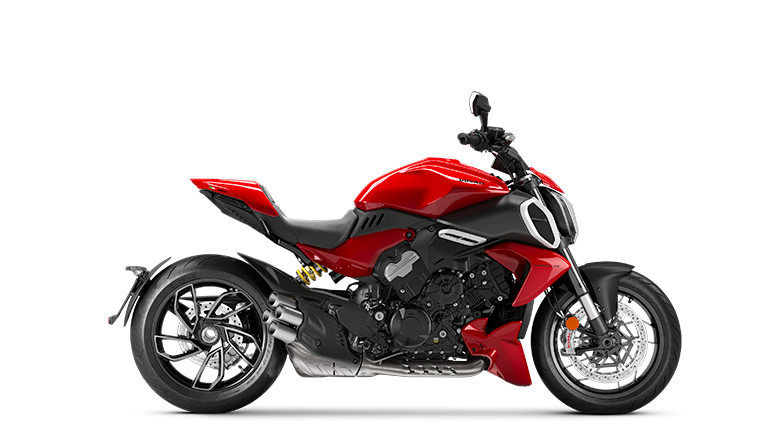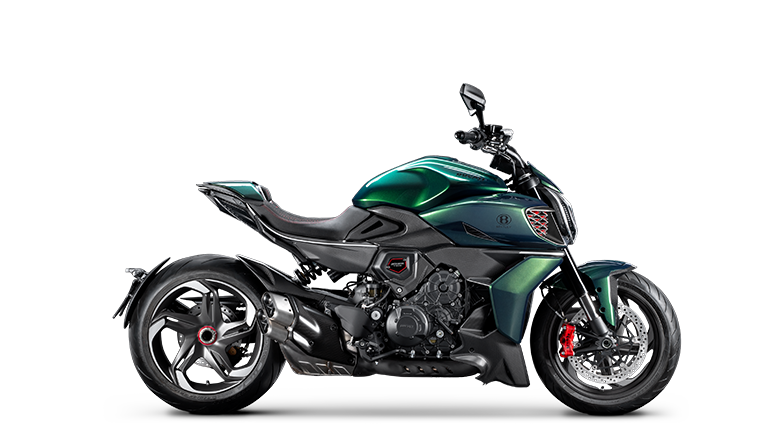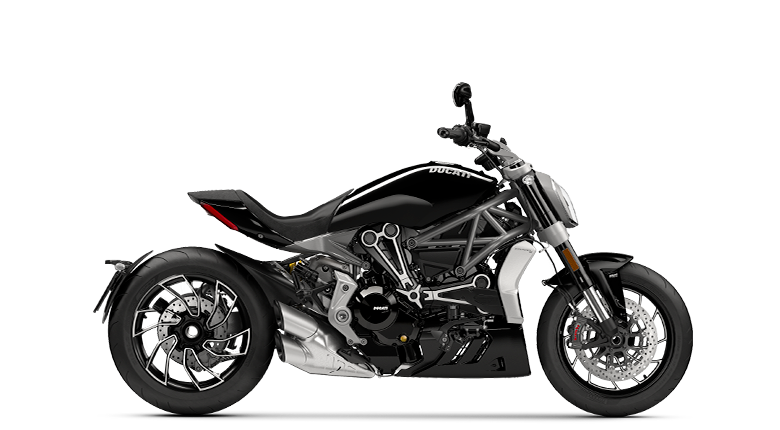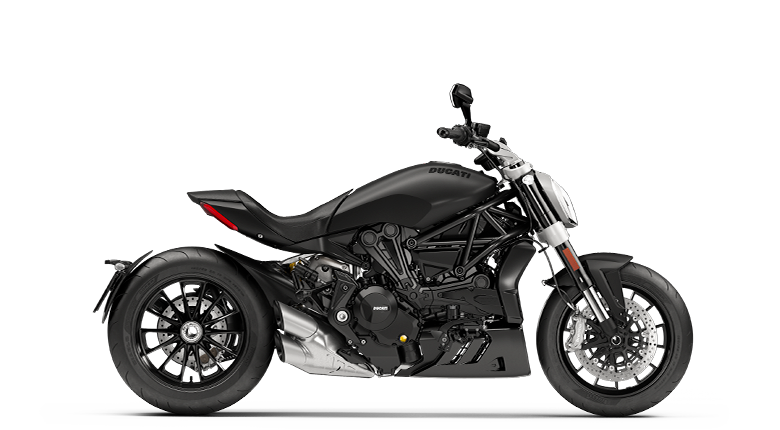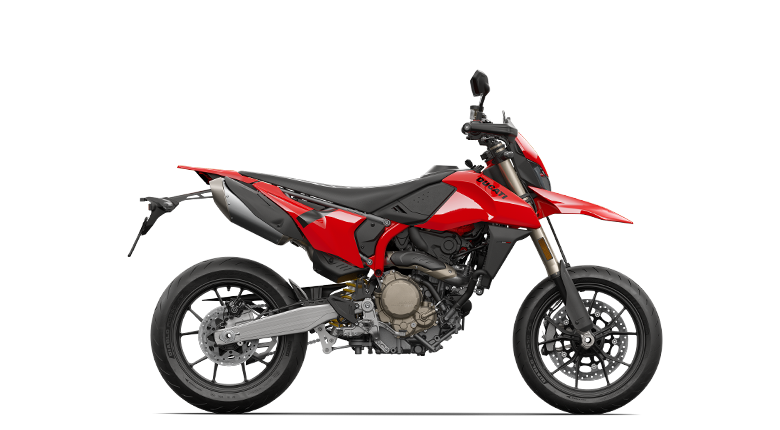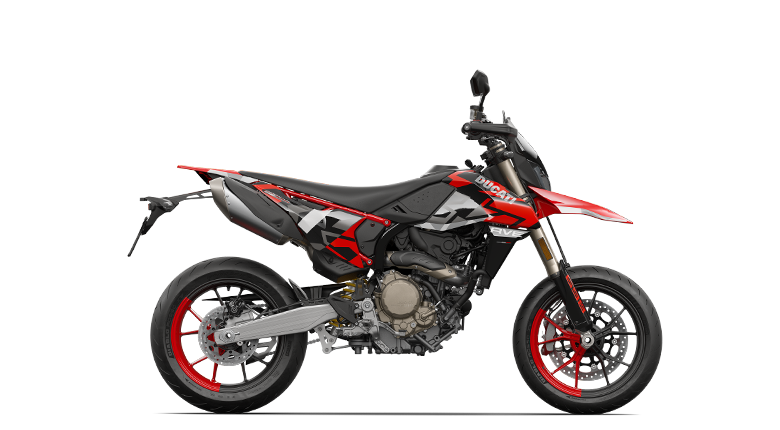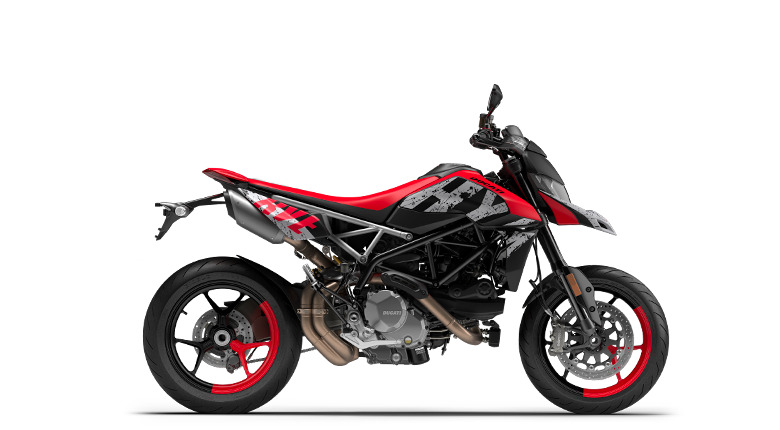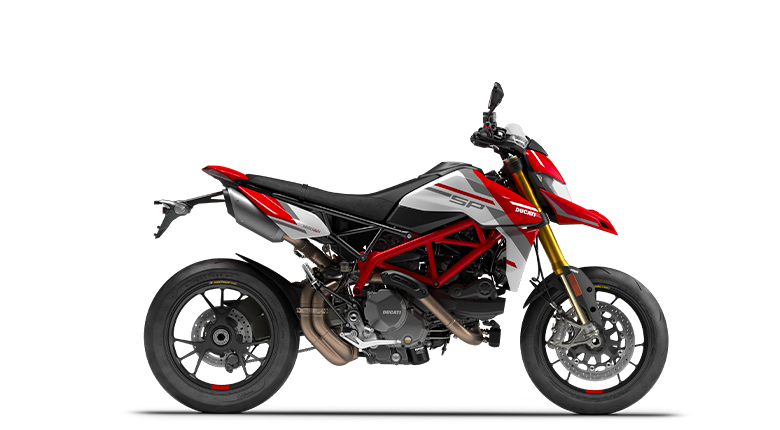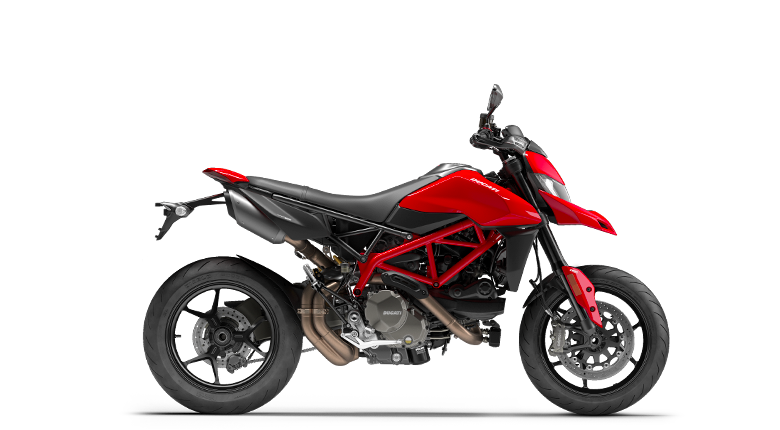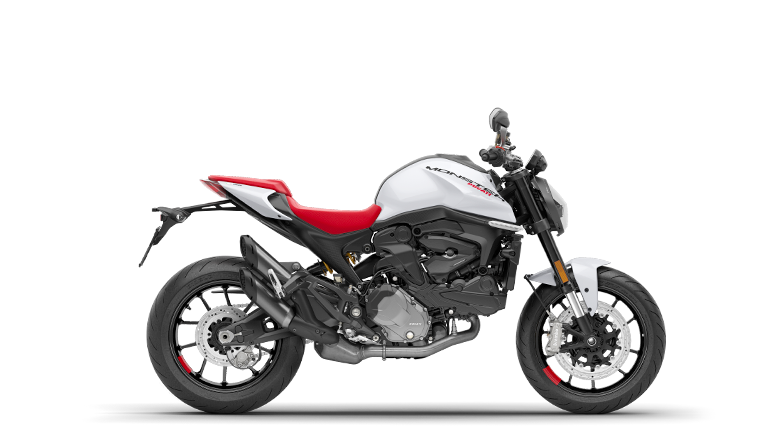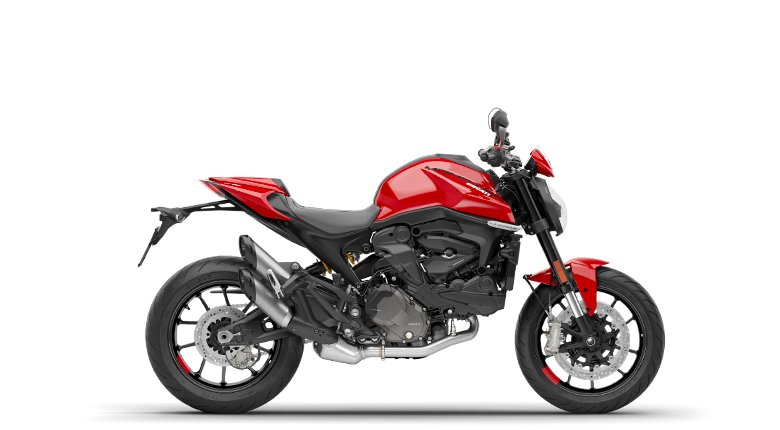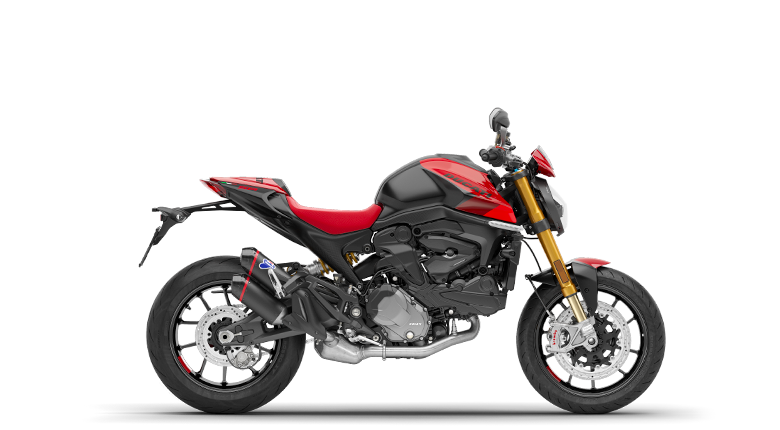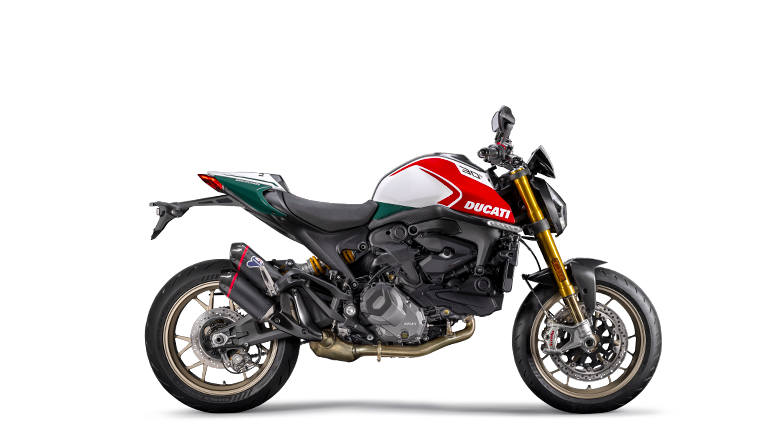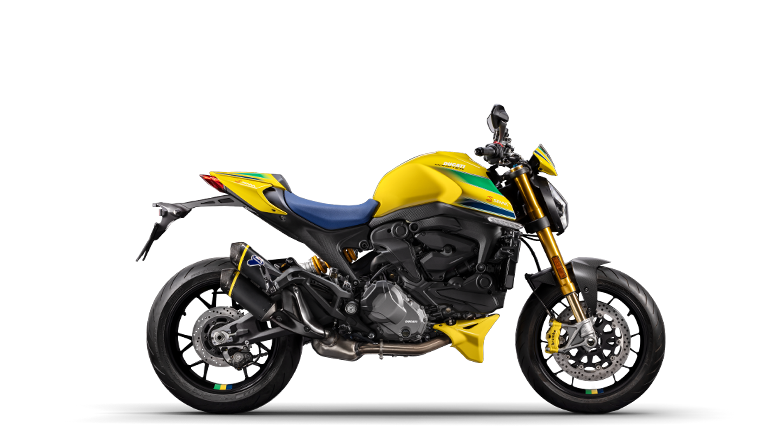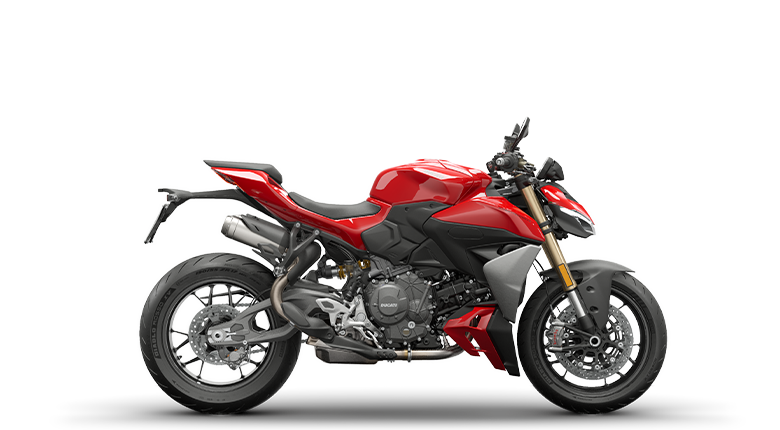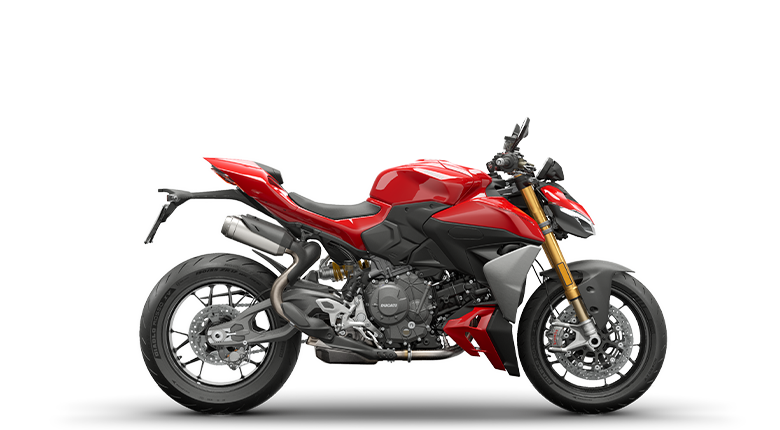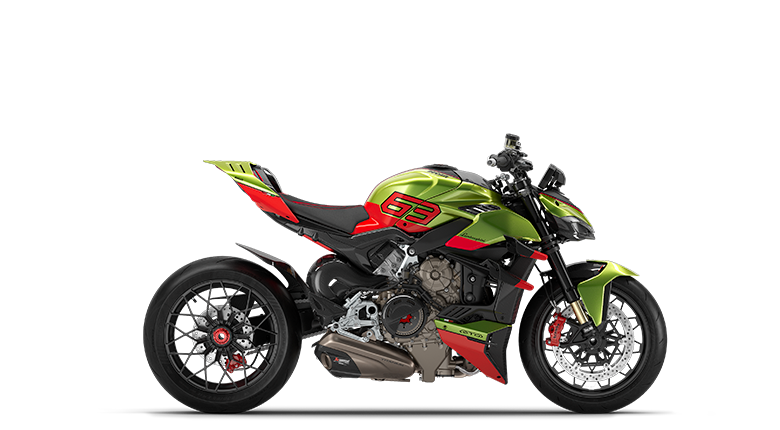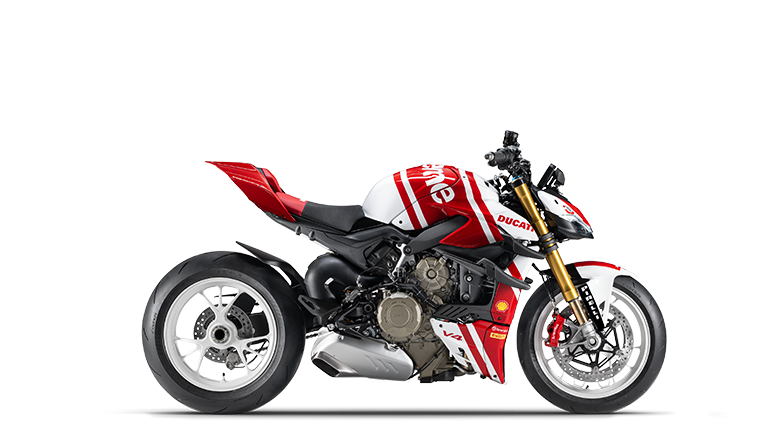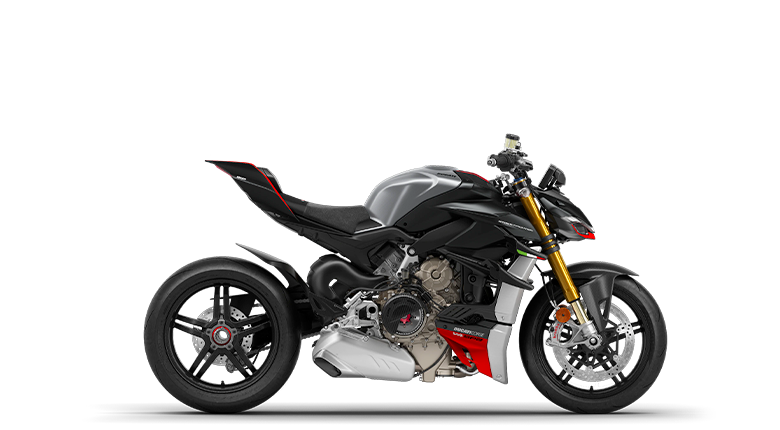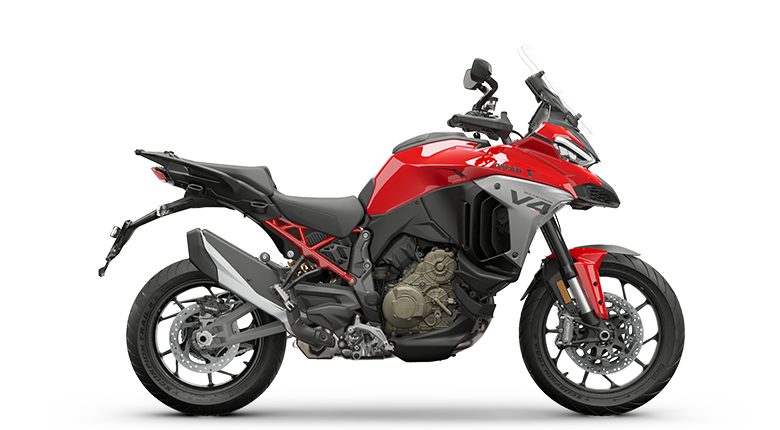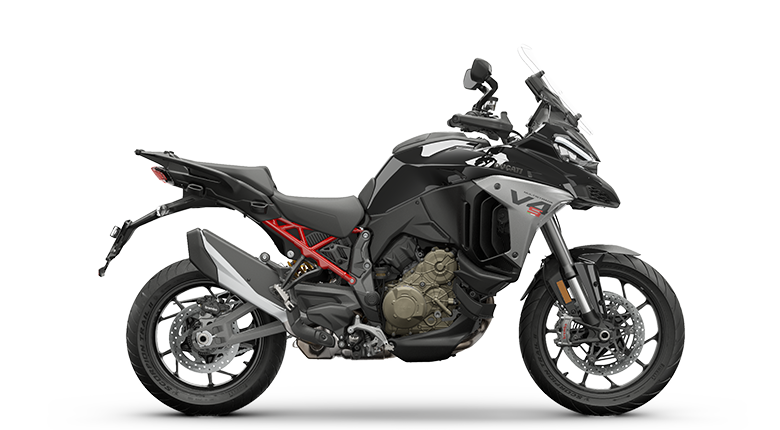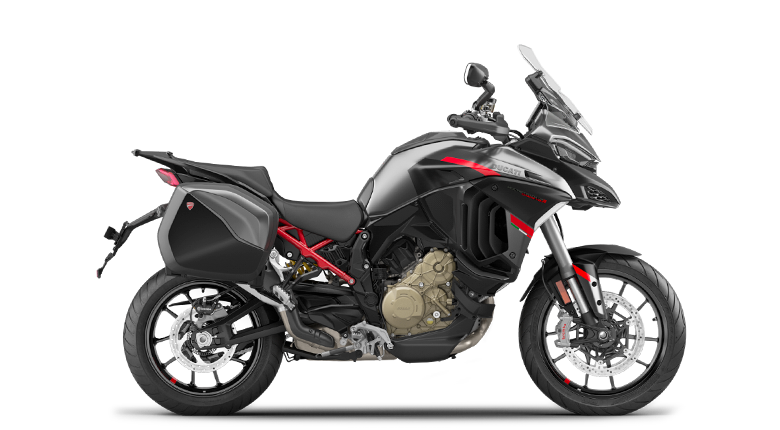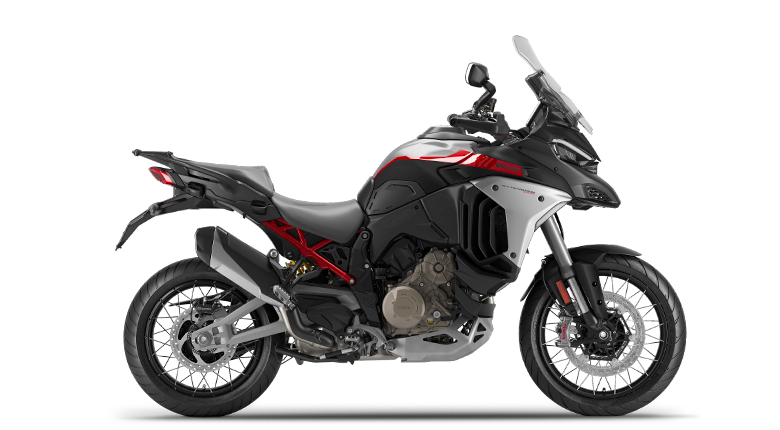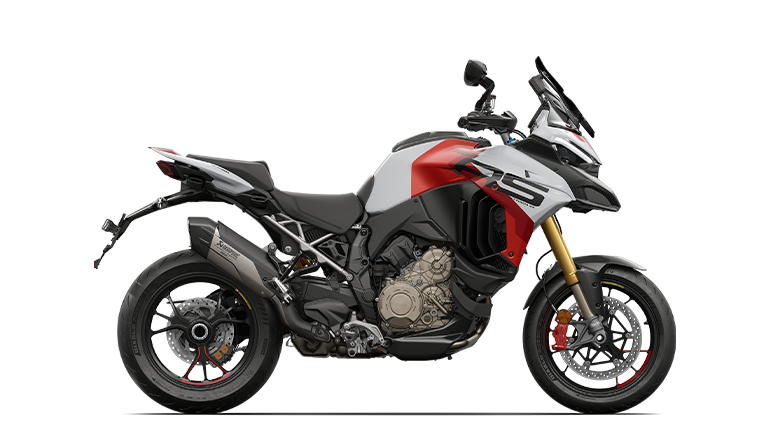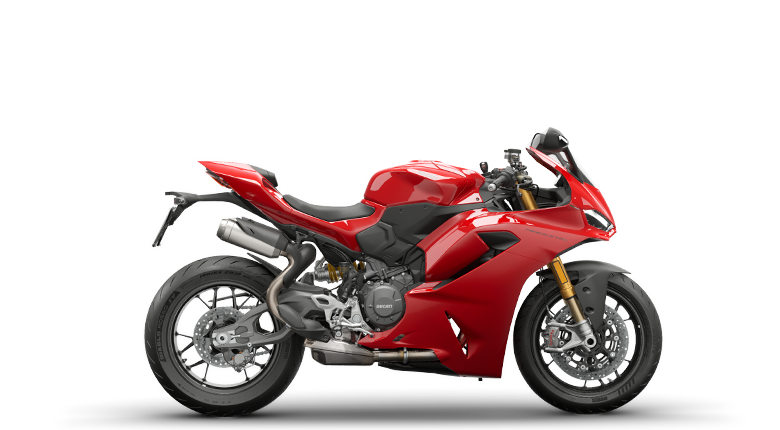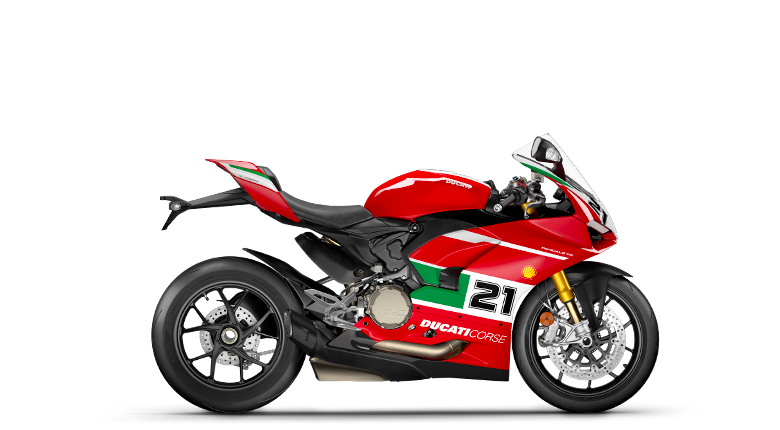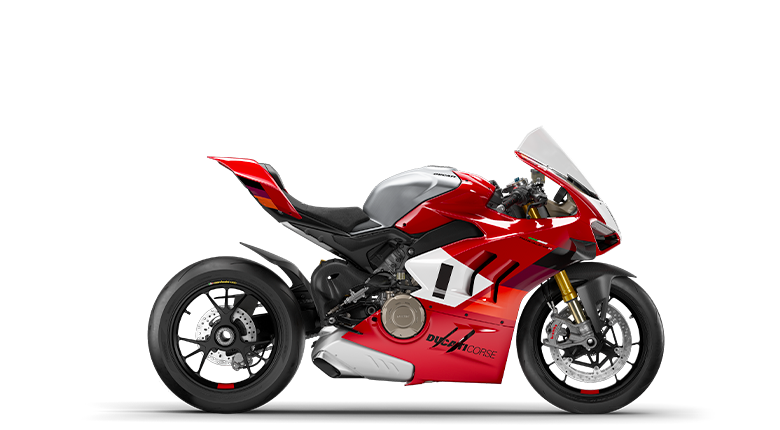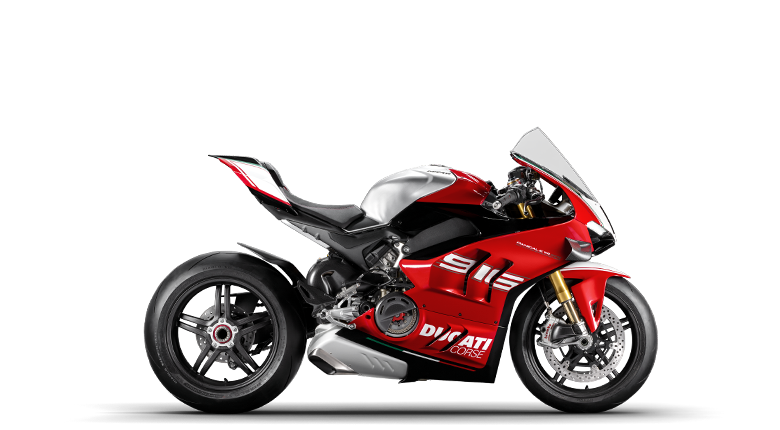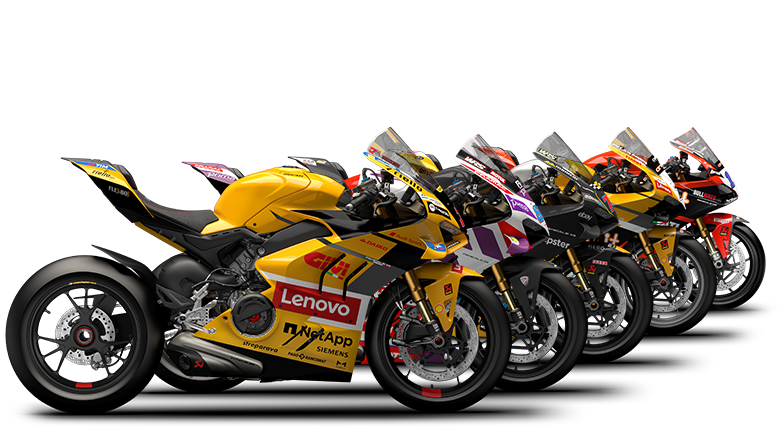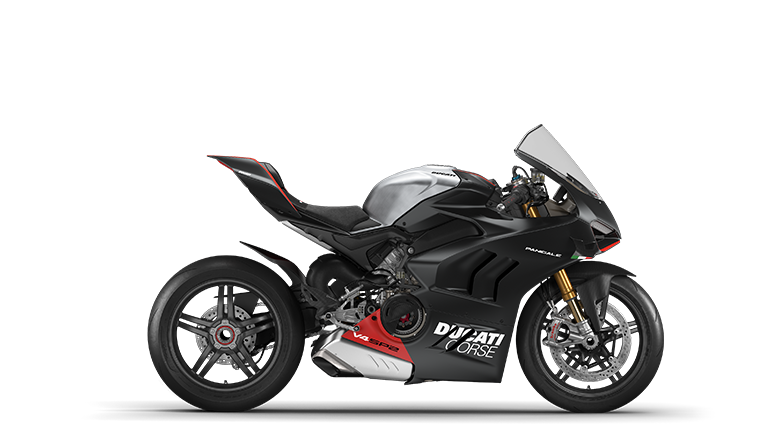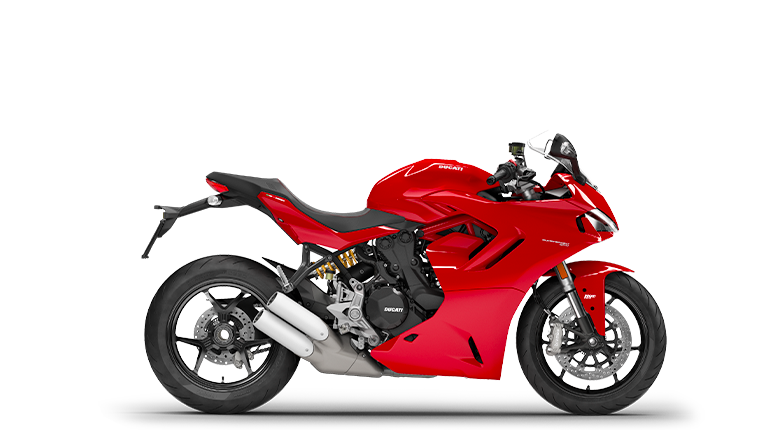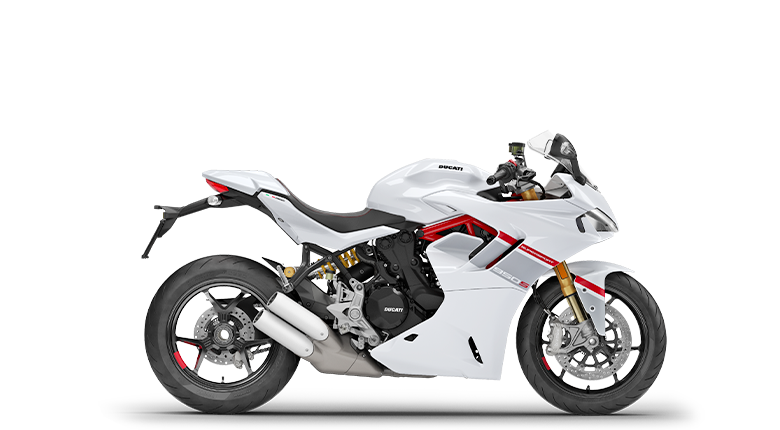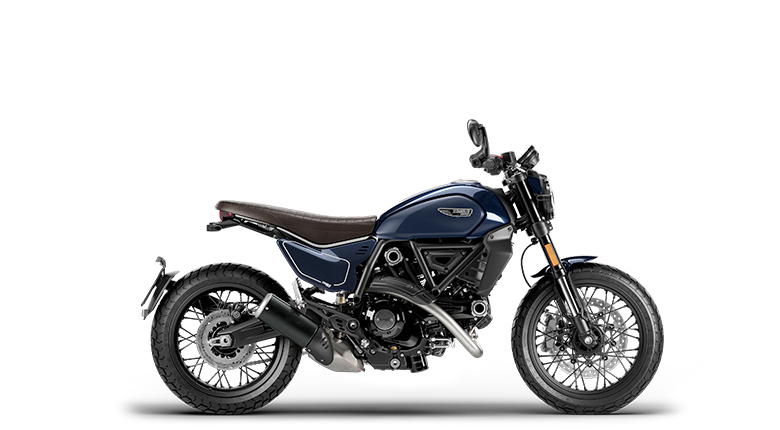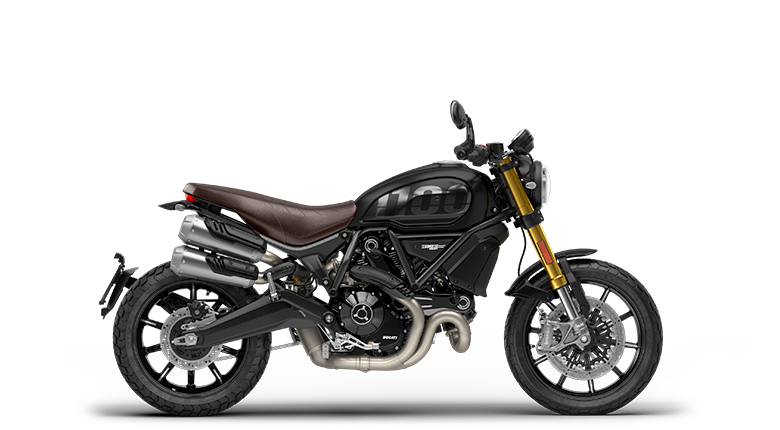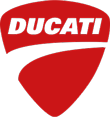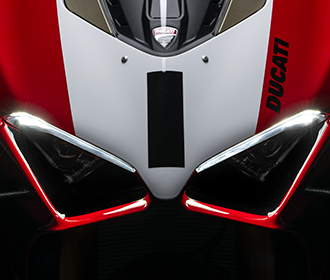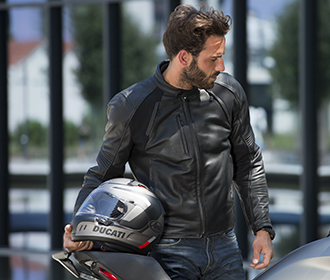Cucciolo
Post-war Italy sought a fresh start and one of the most urgent needs was mobility. Transportation was essential in order to further the economic recovery of the nation after years of conflict.
The reconstruction of the Borgo Panigale factory following the bombings of October 1944 represented an opportunity that Ducati exploited in order to relaunch its activities.
The electro-technical department was partly converted to operate in a new sector and, in 1946, the first auxiliary engine for bicycles was developed.
|
|
|
|---|---|
|
Displacement |
48 cc |
|
Maximum power |
1.5 hp at 5500 rpm |
|
Maximum speed |
50 km/h |
|
Dry weight |
Not available |
The Cucciolo was not only able to transform any bicycle, injecting power and agility, but it also allowed Ducati to transform as a company and play a small role in Italy’s post-war recovery.
In addition, the Cucciolo was easy to export, and it was not long before it became a success story on international markets. In a black and white photograph, the Cucciolo is seen traveling the streets of New York with the Chrysler Building in the background.
The road and race bikes that have made Ducati history over the years.
 日本
日本
 DesertX
DesertX Diavel
Diavel
 XDiavel
XDiavel Hypermotard
Hypermotard
 Monster
Monster Streetfighter
Streetfighter Multistrada
Multistrada Panigale
Panigale SuperSport
SuperSport
 Scrambler
Scrambler OFF-ROAD
OFF-ROAD
 LIMITED SERIES
LIMITED SERIES

